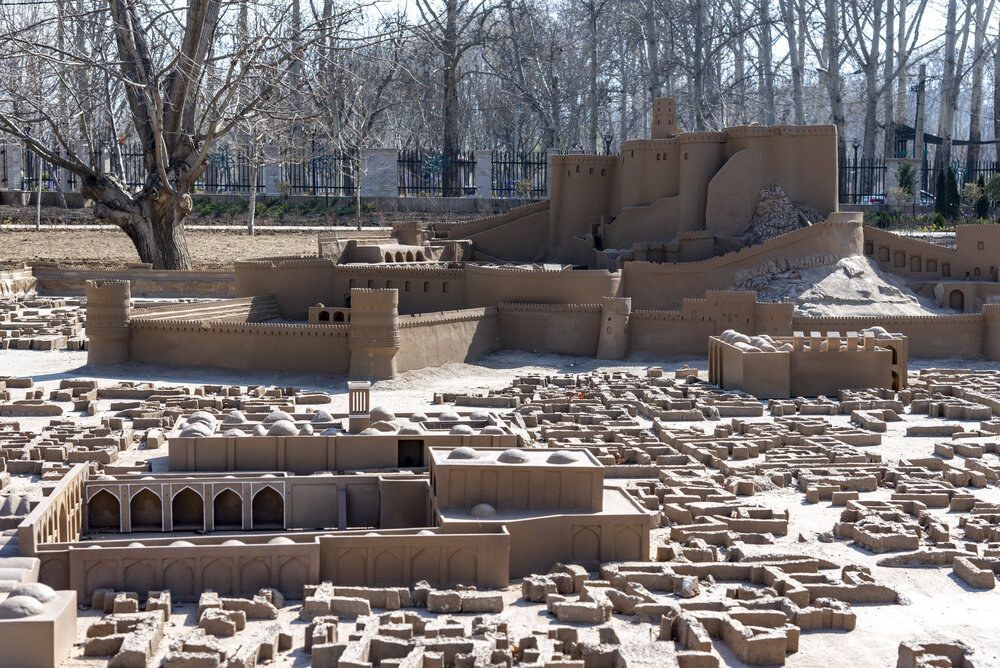Rouhani opens miniature theme park near capital Tehran

TEHRAN- Iranian President Hassan Rouhani on Thursday inaugurated a miniature theme park via a video conference. Named ‘Little Iran’, the park is situated near the capital Tehran, in Alborz province.
The theme park exhibits a variety of [small] replicas of the country’s scenic areas and tourist attractions such as the ancient village of Abyaneh, UNESCO-registered Bam Citadel, magnificent 9,000-year-old archaeological hill of Tepe Ozbaki, centuries-old windmills (locally called Asbads), and Qazvin’s 19th-century bazaar of Sa’d-al Saltaneh, the provincial tourism chief explained.
The cultural connections, traditions, black tents of the Iranian tribes living throughout Iran have been demonstrated and simulated in the park by prominent architects and cultural heritage experts, Fereydoun Mohammadi said.
Furthermore, the park features an exemplar collection of various ethnic groups living in different parts of the country, the official added.
A budget of four trillion rials ($95 million at the official exchange rate of 42,000 rials per dollar) has been allocated to the preparation of the park, which has been carried out in collaboration with Karaj Municipality for three years, he explained.
Alborz province is surrounded by Mazandaran, Tehran, Markazi, and Qazvin provinces. Its name is driven by the Alborz Mountains. A significant part of the mountains is located in the north part of the province.
Historical resources and documents as well as archeological studies indicate that Alborz has a rich culture dating back to prehistoric times.
Iran is home to one of the world’s oldest continuous major civilizations, embracing settlements dating back to 4000 BC. It also hosts some of the world’s oldest cultural monuments including bazaars, museums, mosques, bridges, bathhouses, madrasas, gardens, rich natural, rural landscapes as well as 24 UNESCO World Heritage sites.
The name of Iran, formerly known as Persia, mostly conjures up the first Persian Empire, ruled by the Achaemenids (550 – 330 BC) and sites such as Pasargadae and Persepolis. However, there are tens of prehistorical sites as the Burnt City in Sistan-Baluchestan, Tepe Sialk in Kashan, Susa and Chogha Zanbil in the Khuzestan province, and Ecbatana in Hamedan which predate the Achaemenid period.
From a wider point of view, Iranian history can be divided into Pre-Islamic and Islamic eras. The Medes unified Iran as a nation and empire in 625 BC. The Islamic conquest of Persia (633–656) that put an end to the mighty Sassanid Empire (224–651) was a turning point in the history of the nation.
ABU/AFM
Leave a Comment